Culinary traditions around the world hold some of the most fascinating and unexpected flavors. From fermented delicacies to dishes involving insects or animals prepared in ways that might surprise you, these culinary practices are far from ordinary. Many of these unusual foods carry deep cultural significance and are often prized delicacies in their regions. While they might be unusual to some, these dishes showcase the diversity of global cuisine. Exploring these uncommon practices can offer a window into how food brings people together in surprising ways.
Casu Marzu (Sardinia, Italy)
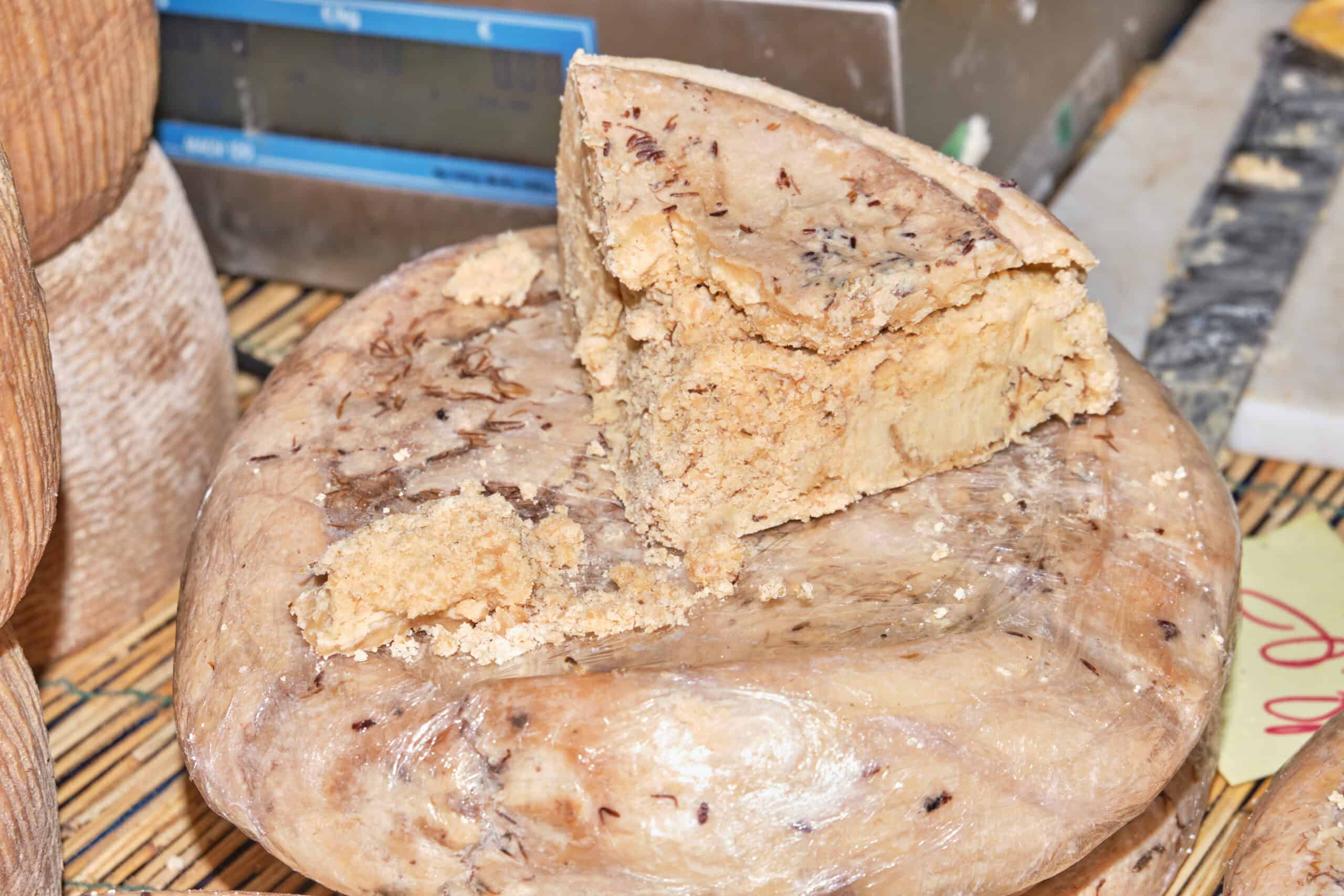
Casu Marzu is a unique cheese known for its strong flavor and unusual preparation method. It is made from sheep’s milk and left to ferment with live maggots. These maggots help break down the cheese, creating a soft and creamy texture. The maggots can even jump when disturbed, which adds to the shock factor. Despite its controversial nature, it is considered a delicacy in Sardinia. Eating it fresh is key, as the maggots must still be alive to enjoy the authentic experience.
Hákarl (Iceland)
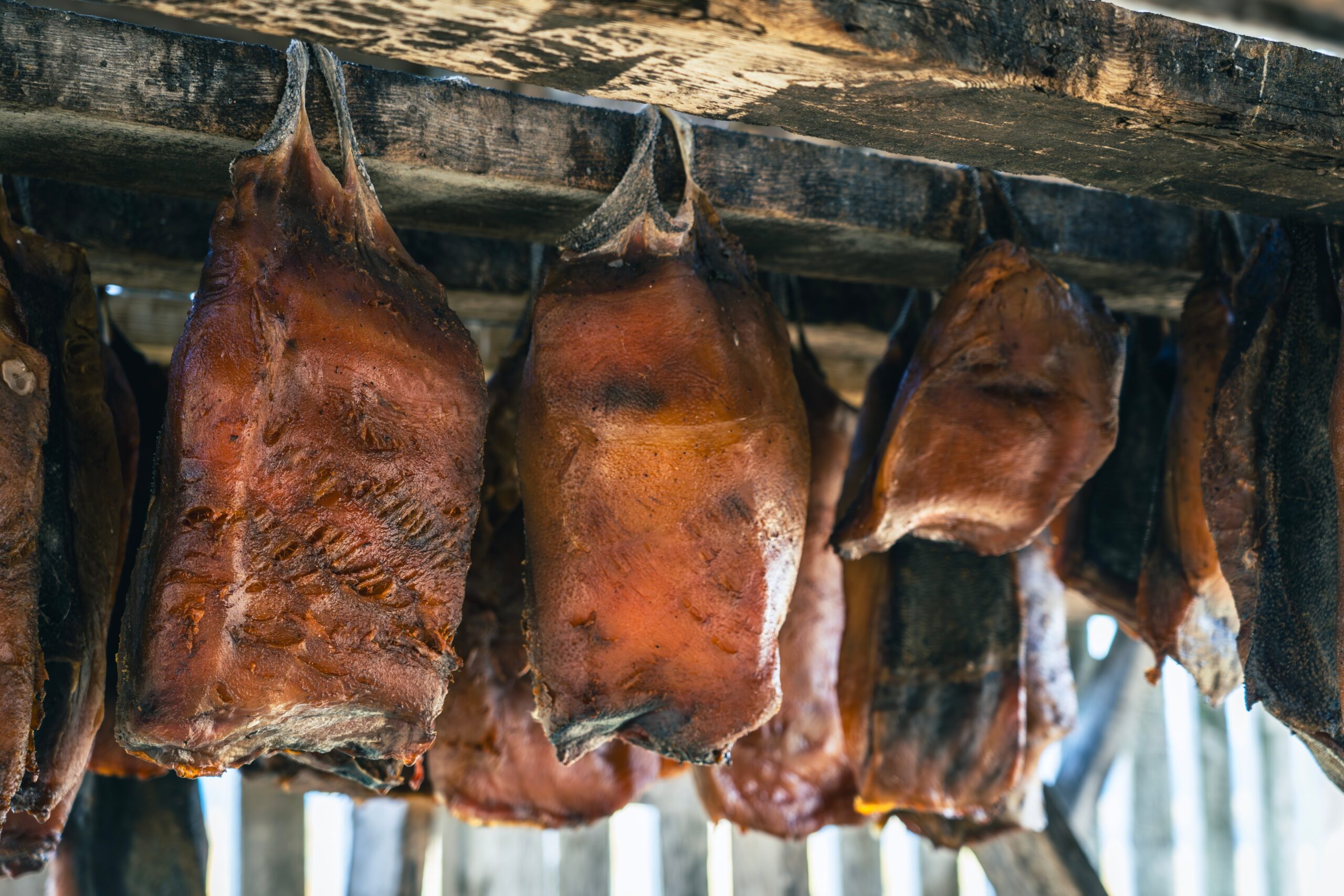
Hákarl is a traditional Icelandic dish made from fermented Greenland shark. The shark meat is toxic when fresh, so it is buried and fermented for months to remove the toxins. After fermentation, the meat is hung to dry for several more months. The resulting dish has a strong ammonia smell and a fishy taste. It is often served in small cubes and paired with a strong shot of alcohol called Brennivín. Hákarl is considered an acquired taste but a must-try for adventurous eaters visiting Iceland.
Surströmming (Sweden)
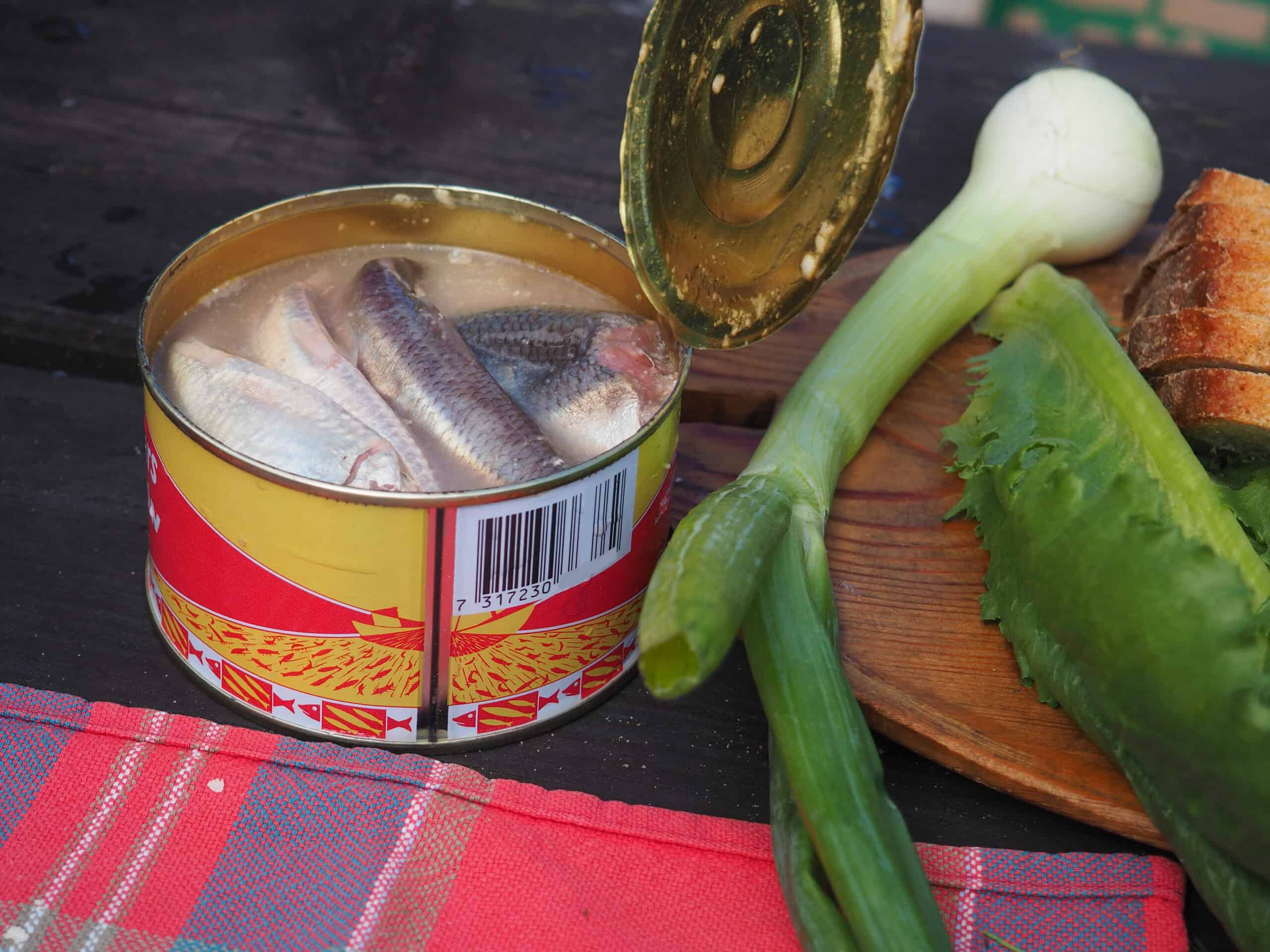
Surströmming is a Swedish delicacy made from fermented Baltic herring. The fish is fermented in barrels for months before being canned, where the fermentation process continues. The result is a highly pungent dish with a strong, sour smell. It is typically eaten with flatbread, boiled potatoes, and onions. Surströmming is often enjoyed during summer picnics, but its overwhelming odor means it’s usually opened outdoors. The bold flavor and smell make it a challenging dish for many, but it’s a cherished part of Swedish culinary culture.
Balut (Philippines)

Balut is a popular street food in the Philippines that consists of a fertilized duck egg. The egg contains a partially developed embryo, usually about 16 to 21 days old. It is boiled and eaten straight from the shell, often with a pinch of salt or vinegar. The dish combines the textures of a hard-boiled egg with the soft, tender embryo inside. Balut is believed to have numerous health benefits and is often consumed as a source of protein. While it might seem unusual, it’s a favorite snack in the Philippines.
Lutefisk (Norway)
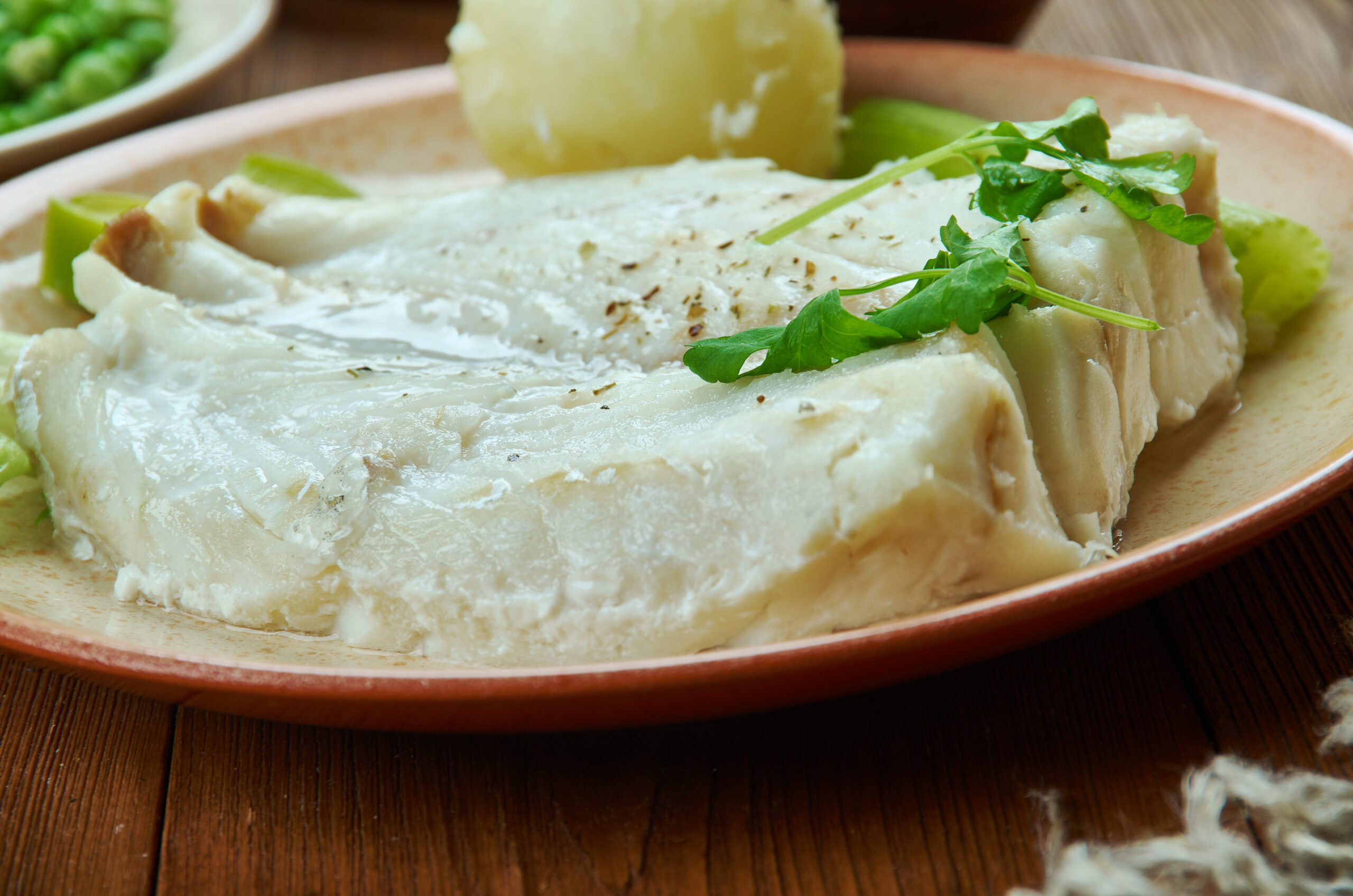
Lutefisk is a traditional Norwegian dish made from dried fish soaked in a lye solution. The lye softens the fish, giving it a gelatinous texture that some find challenging. After soaking, the fish is thoroughly rinsed and then cooked, often served with potatoes and bacon. The flavor is mild, but the texture can be off-putting for those unfamiliar with it. Lutefisk is typically enjoyed during the Christmas season, making it a cultural staple for Norwegians. Its preparation requires skill and patience, contributing to its traditional value.
Escamoles (Mexico)
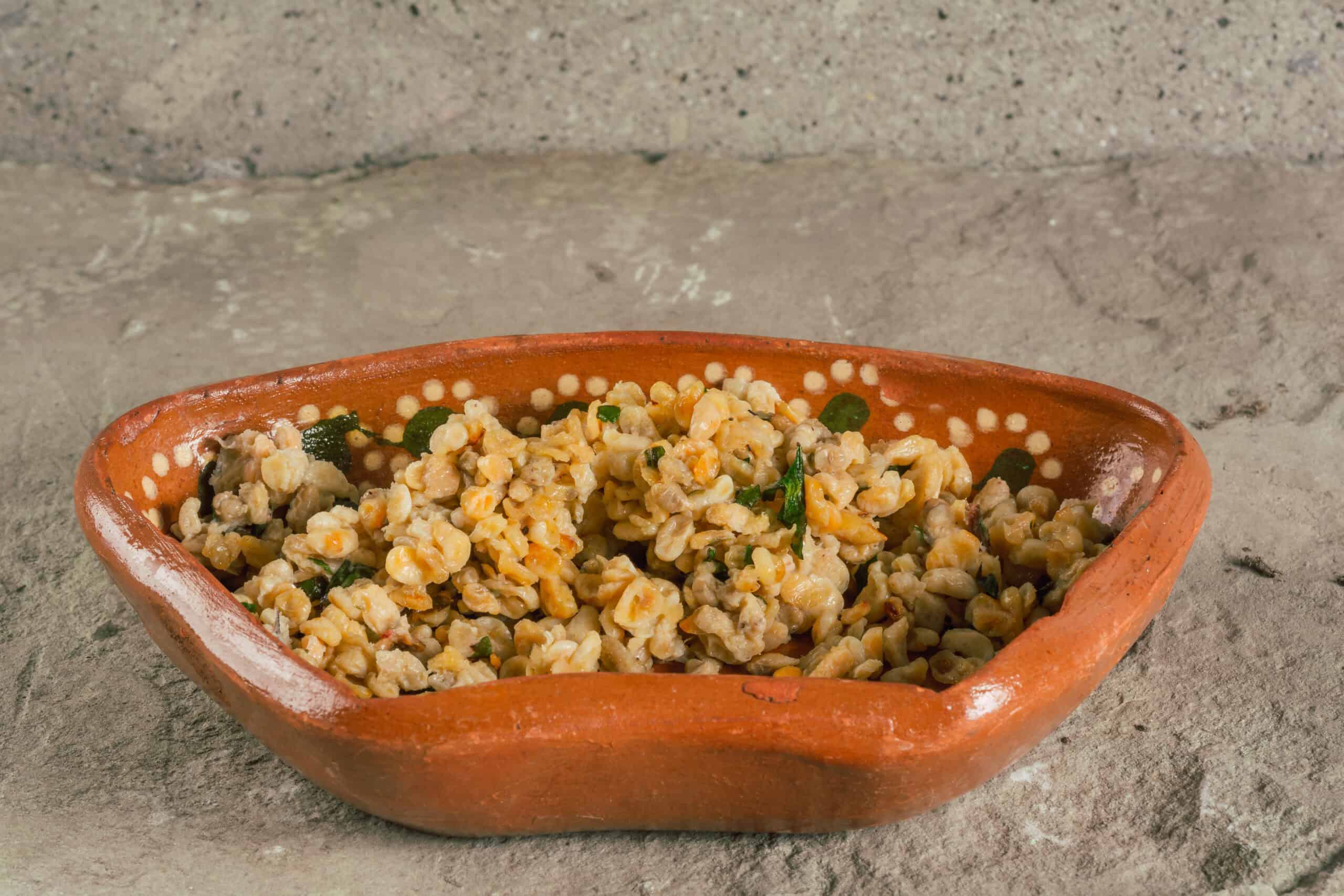
Escamoles are ant larvae harvested from the roots of agave and maguey plants in Mexico. They are often referred to as “insect caviar” due to their delicate, nutty flavor. The larvae are usually sautéed in butter and spices and served with tortillas or alongside guacamole. Despite their unusual source, escamoles have a rich and creamy texture that makes them a popular delicacy. The dish has been eaten in Mexico since ancient times and continues to be enjoyed today. It offers a unique culinary experience for those willing to try it.
Shirako (Japan)
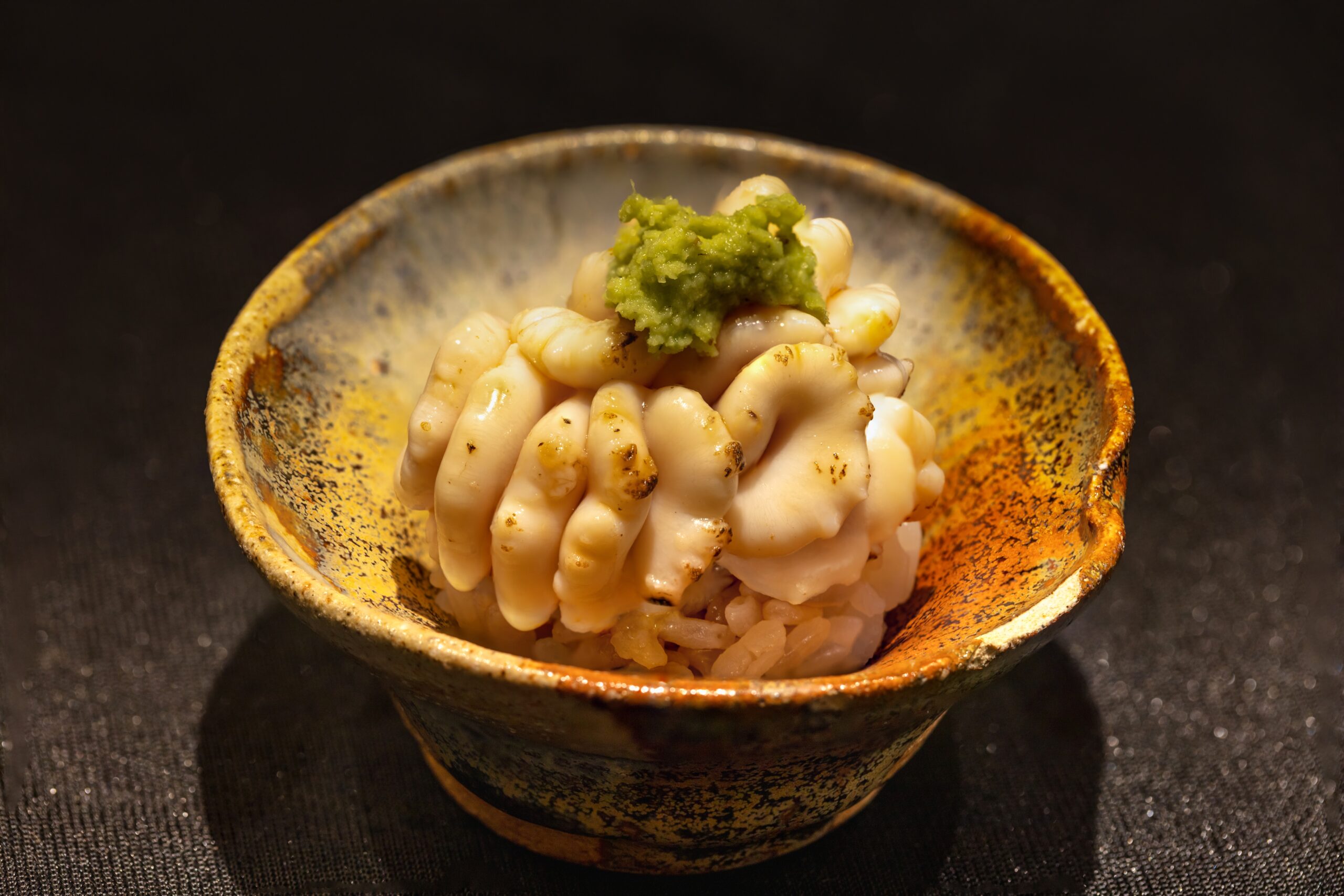
Shirako, which means “white children,” refers to the sperm sacs of cod or other fish, often served in Japan. It is typically enjoyed raw or lightly cooked, offering a creamy and delicate texture. Shirako has a mild, slightly sweet taste that contrasts with its unusual origin. The dish is often served as sushi, in soups, or as a tempura ingredient. While it may sound strange, shirako is considered a gourmet treat in Japan. Its light, custard-like consistency makes it a unique addition to Japanese cuisine.
Cuy (Peru)

Cuy, or roasted guinea pig, is a traditional dish in Peru, particularly in the Andean region. The guinea pig is seasoned with local herbs and spices before being roasted or fried until crispy. Its meat is tender with a flavor often compared to rabbit or dark poultry. Cuy is typically served whole, with the head and feet intact, making it a visually striking dish. It has been a staple protein source in Peru for centuries, playing a significant role in the local diet and cultural celebrations.
Mopane Worms (Southern Africa)
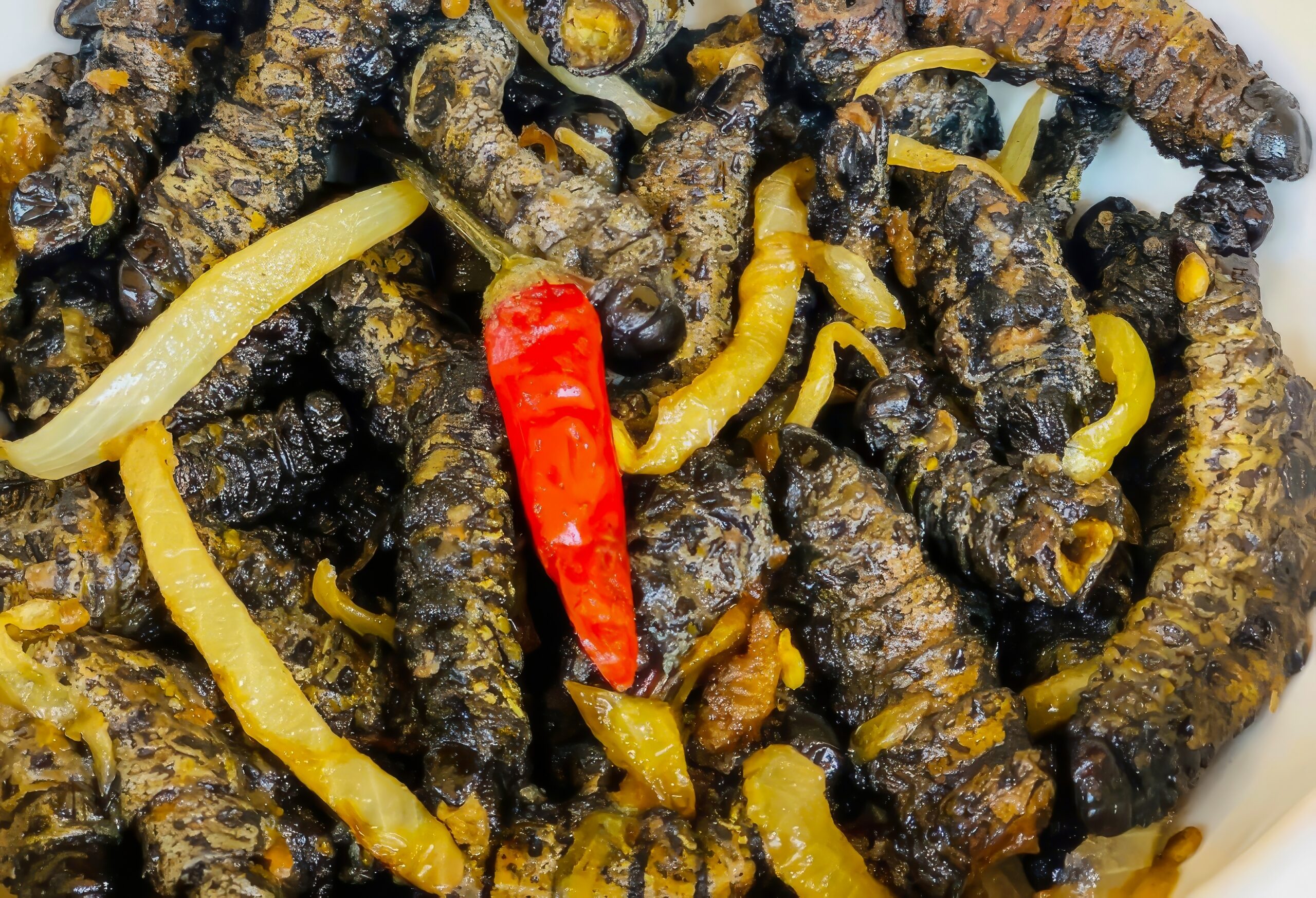
Mopane worms are caterpillars harvested from mopane trees in Southern Africa. They are either dried or cooked fresh, often sautéed with tomatoes, onions, and spices. Dried Mopane worms have a chewy texture, while cooked ones are softer. They are considered a highly nutritious snack, rich in protein and essential vitamins. Mopane worms have a slightly earthy taste and are popular in stews or as a snack. They are an important part of the traditional diet in rural areas.
Century Egg (China)
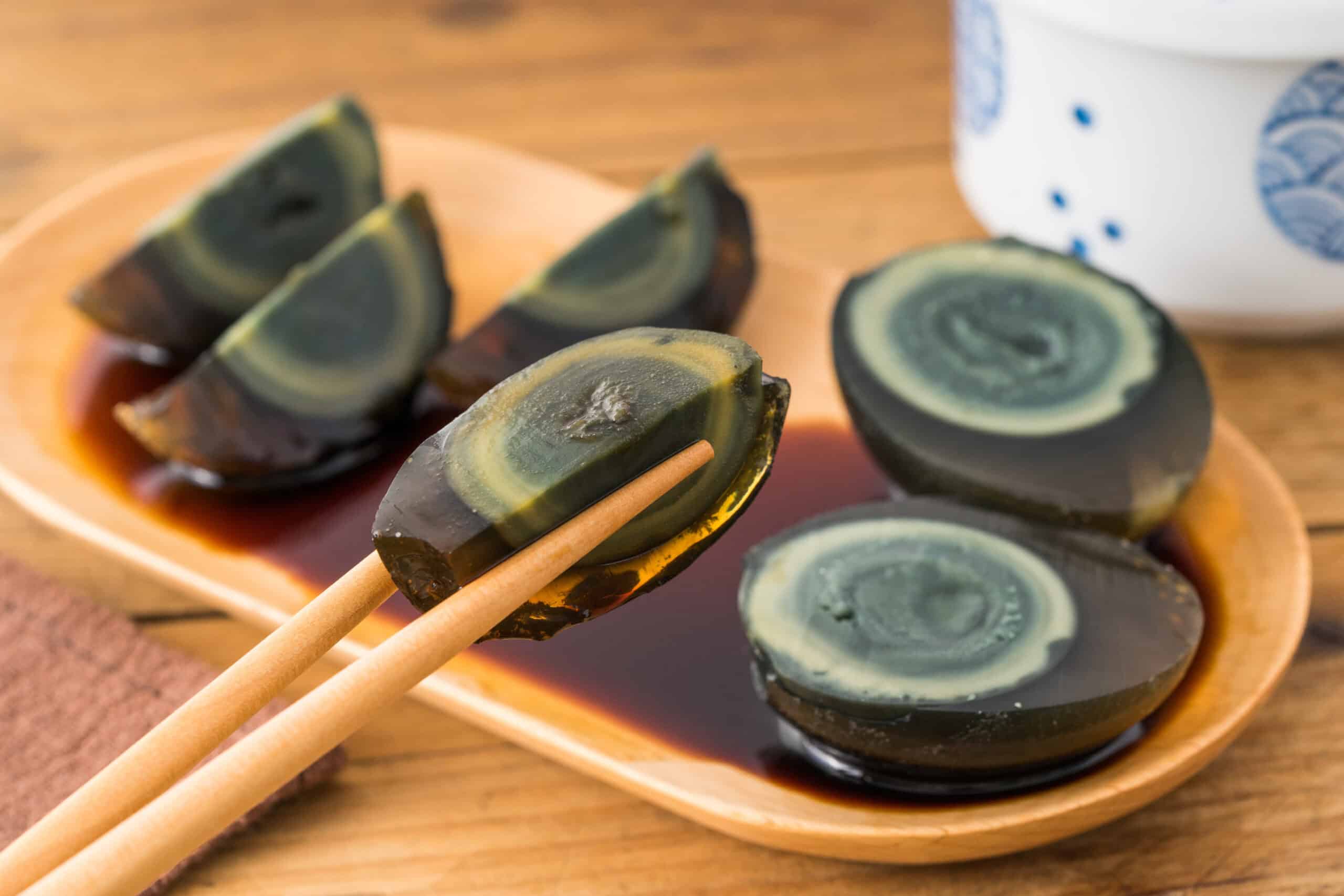
Century eggs are a Chinese delicacy made by preserving duck, chicken, or quail eggs in a mixture of clay, ash, and salt for several weeks or months. The preservation process transforms the egg white into a dark jelly-like texture and the yolk into a creamy, greenish substance. Century eggs have a rich, umami flavor with a slightly sulfuric aroma. They are often eaten with congee, rice porridge, or served with soy sauce and vinegar. The dish is prized for its bold taste and unique appearance.
Boshintang (Korea)
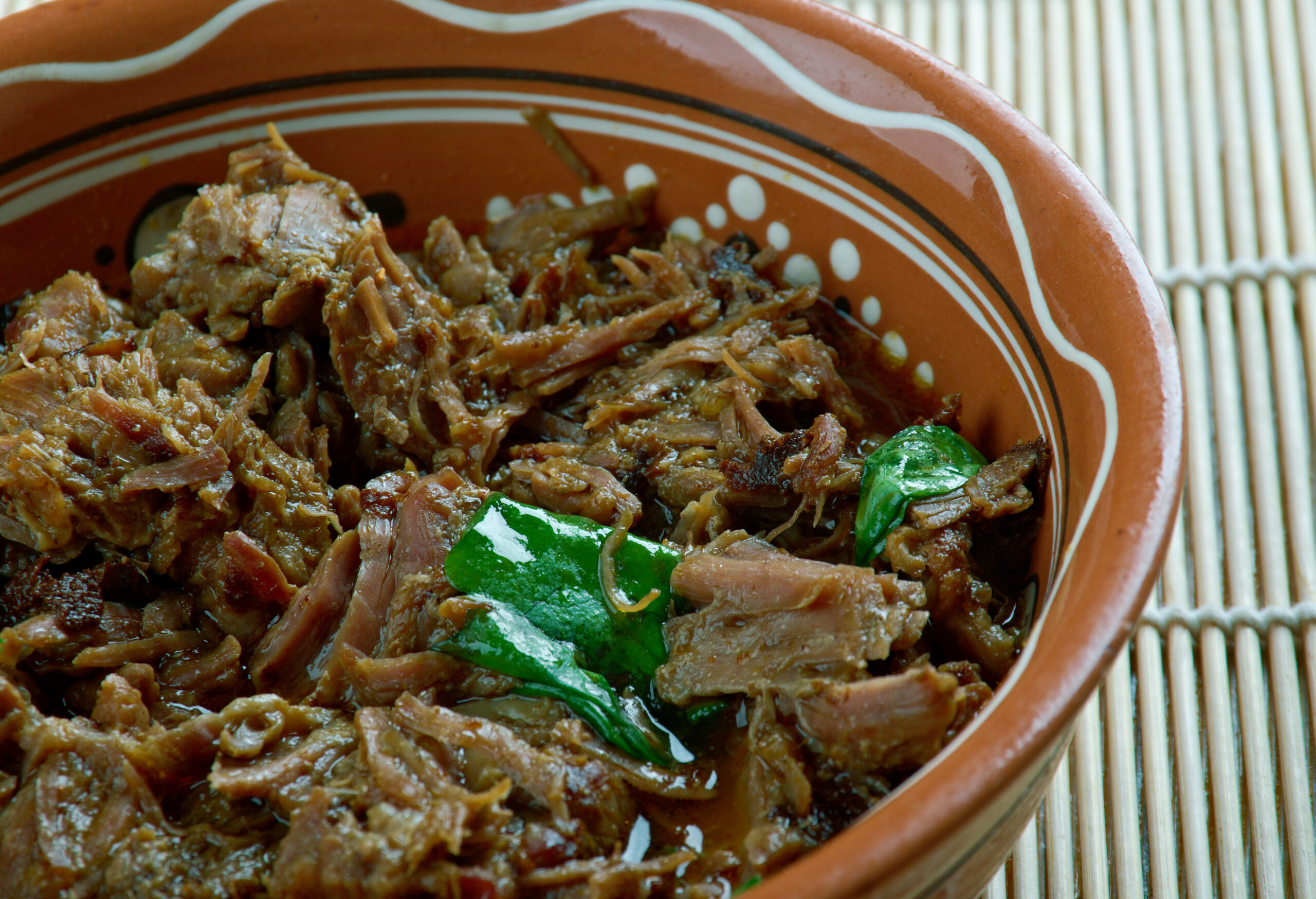
Boshintang is a traditional Korean stew made with dog meat, often prepared with vegetables such as green onions, perilla leaves, and dandelions. The meat is boiled with spices to reduce its strong odor, resulting in a hearty broth with a slightly gamey flavor. Boshintang is consumed for its believed health benefits, particularly for stamina and strength. The dish has cultural significance but has become controversial in modern times due to changing attitudes toward animals. It is still served in some regions of Korea, especially during hot summer months.
Tiet Canh (Vietnam)
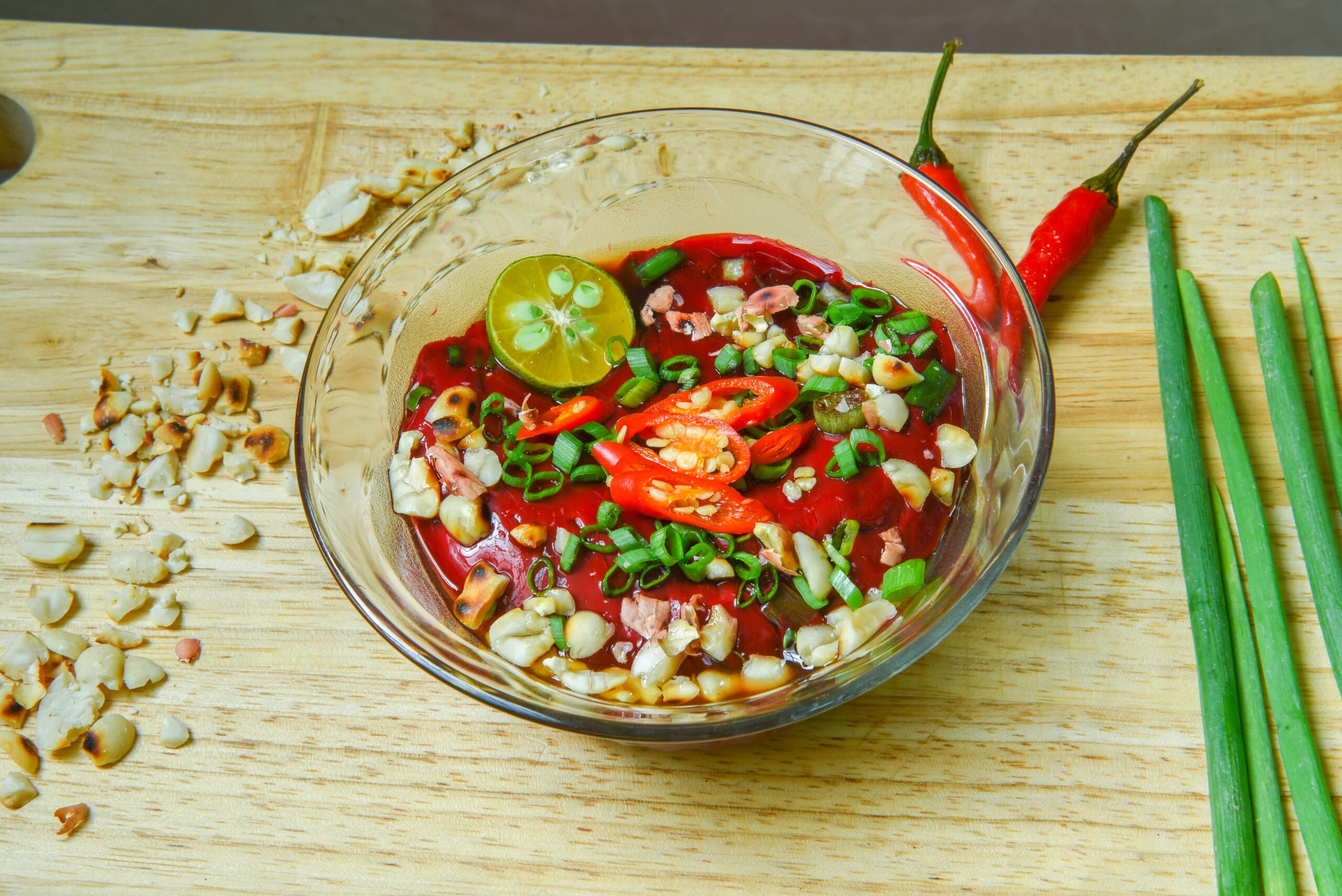
Tiet Canh is a traditional Vietnamese dish made from fresh duck blood, often mixed with finely chopped herbs, peanuts, and meat. The blood is allowed to coagulate, forming a jelly-like texture that holds the ingredients together. It is typically served cold, with a bright red appearance that makes it visually striking. The flavor is rich and savory, with a slight metallic taste from the blood. Tiet Canh is eaten as a delicacy in rural areas of Vietnam, although it is less common in urban settings.
Black Pudding (UK/Ireland)
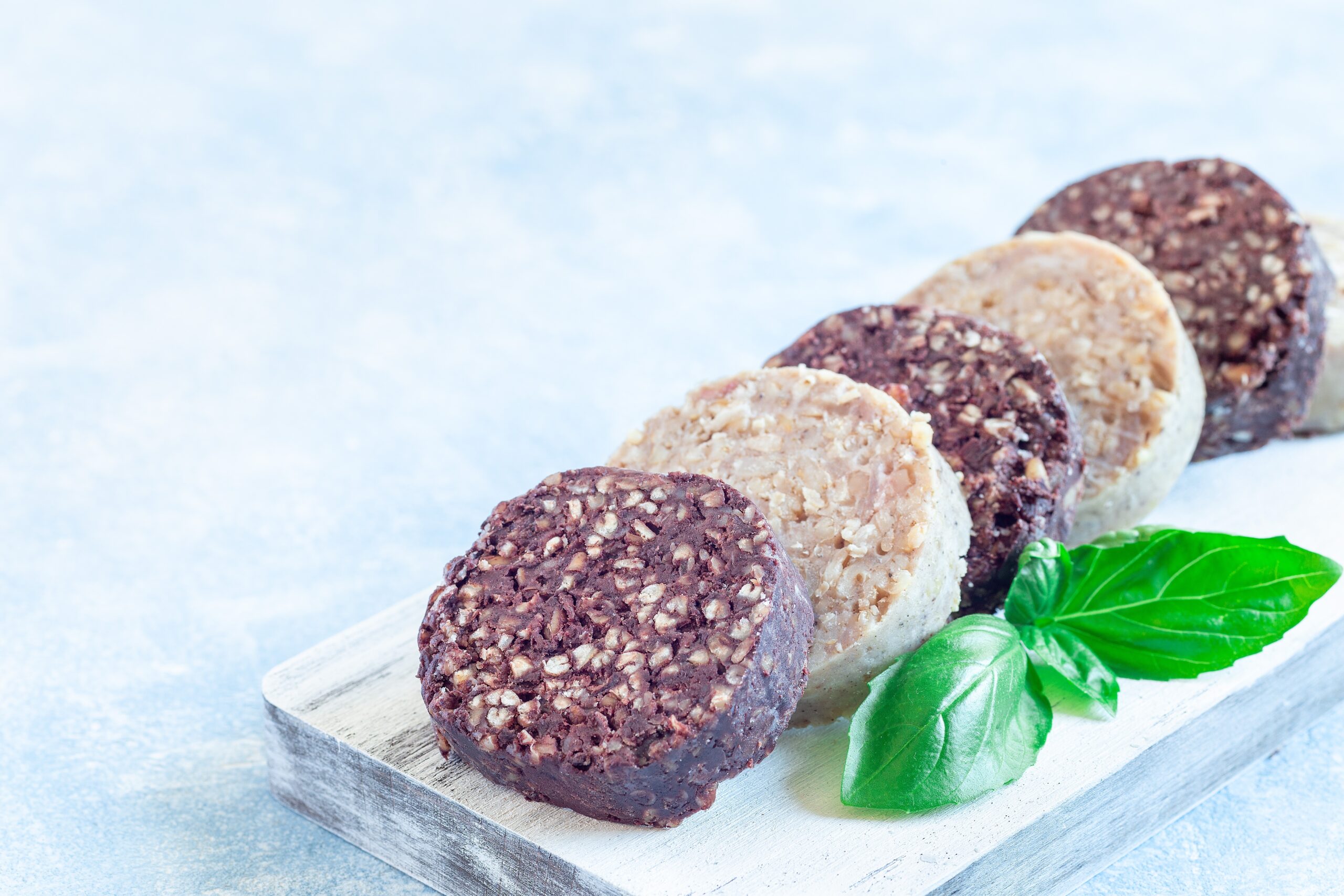
Black pudding is a traditional blood sausage made from pork blood, fat, and oatmeal. The mixture is seasoned with spices and then stuffed into a casing before being boiled or grilled. It has a distinct, savory flavor with a slightly grainy texture due to the oatmeal. Black pudding is often served as part of a full English or Irish breakfast. Its rich taste and hearty nature make it a beloved dish across the UK and Ireland.
Sannakji (Korea)
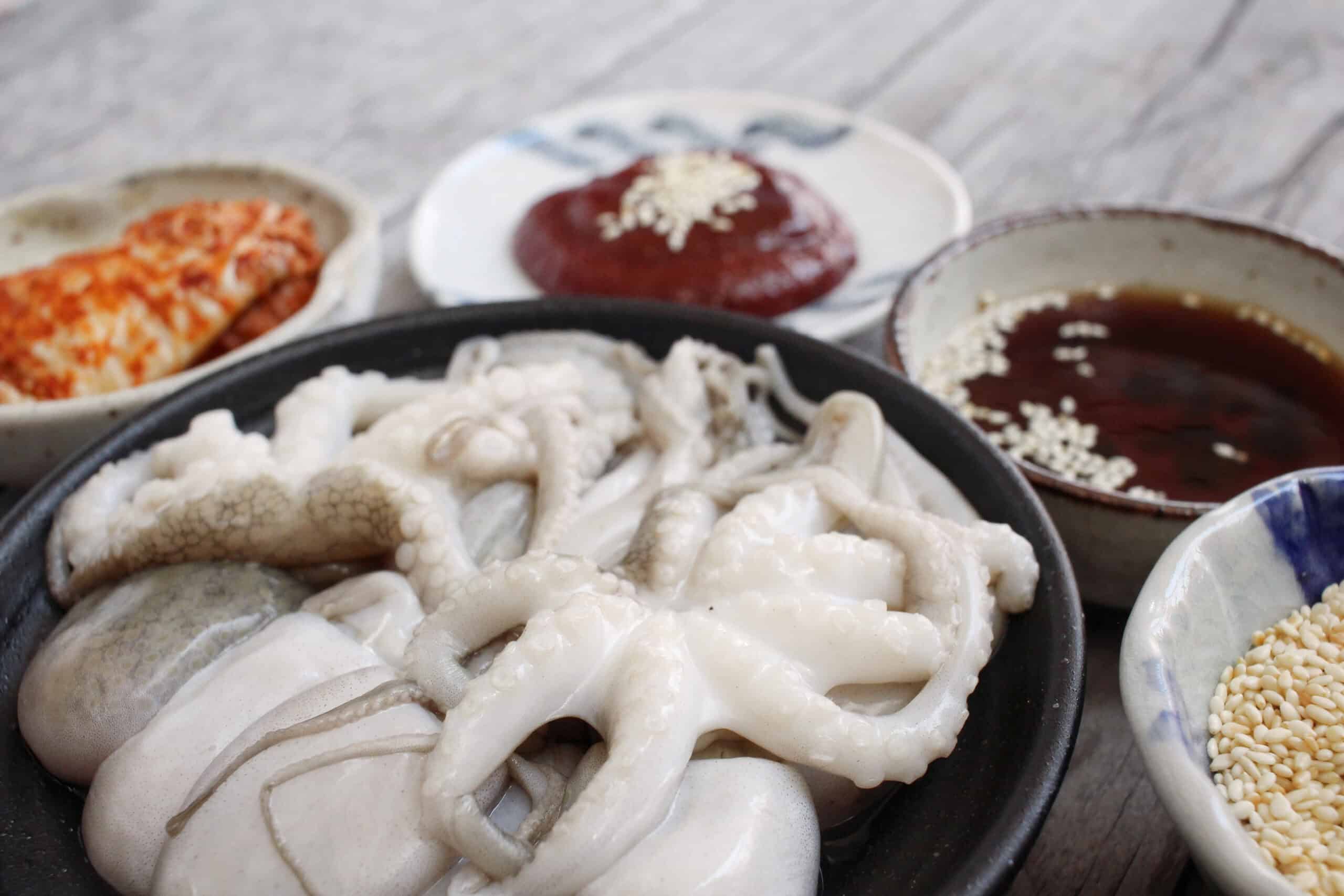
Sannakji is a Korean delicacy featuring live octopus tentacles served while still wriggling. The octopus is cut into small pieces and drizzled with sesame oil and seeds. Diners must chew carefully as the suction cups on the tentacles can still stick to the mouth. The texture is chewy, and the flavor is mild, often enhanced by dipping in soy or chili sauce. Sannakji is known for its freshness and the unique eating experience it provides.
Fugu (Japan)

Fugu is a highly prized Japanese dish made from the poisonous pufferfish. Only licensed chefs are allowed to prepare it due to the dangerous toxins present in the fish. The fish is sliced thinly into delicate sashimi pieces or cooked in soups. Fugu has a subtle flavor with a slightly chewy texture, making it a delicacy. Eating fugu is considered a thrill due to the small risk of poisoning, adding to its allure for adventurous food lovers.
Huitlacoche (Mexico)
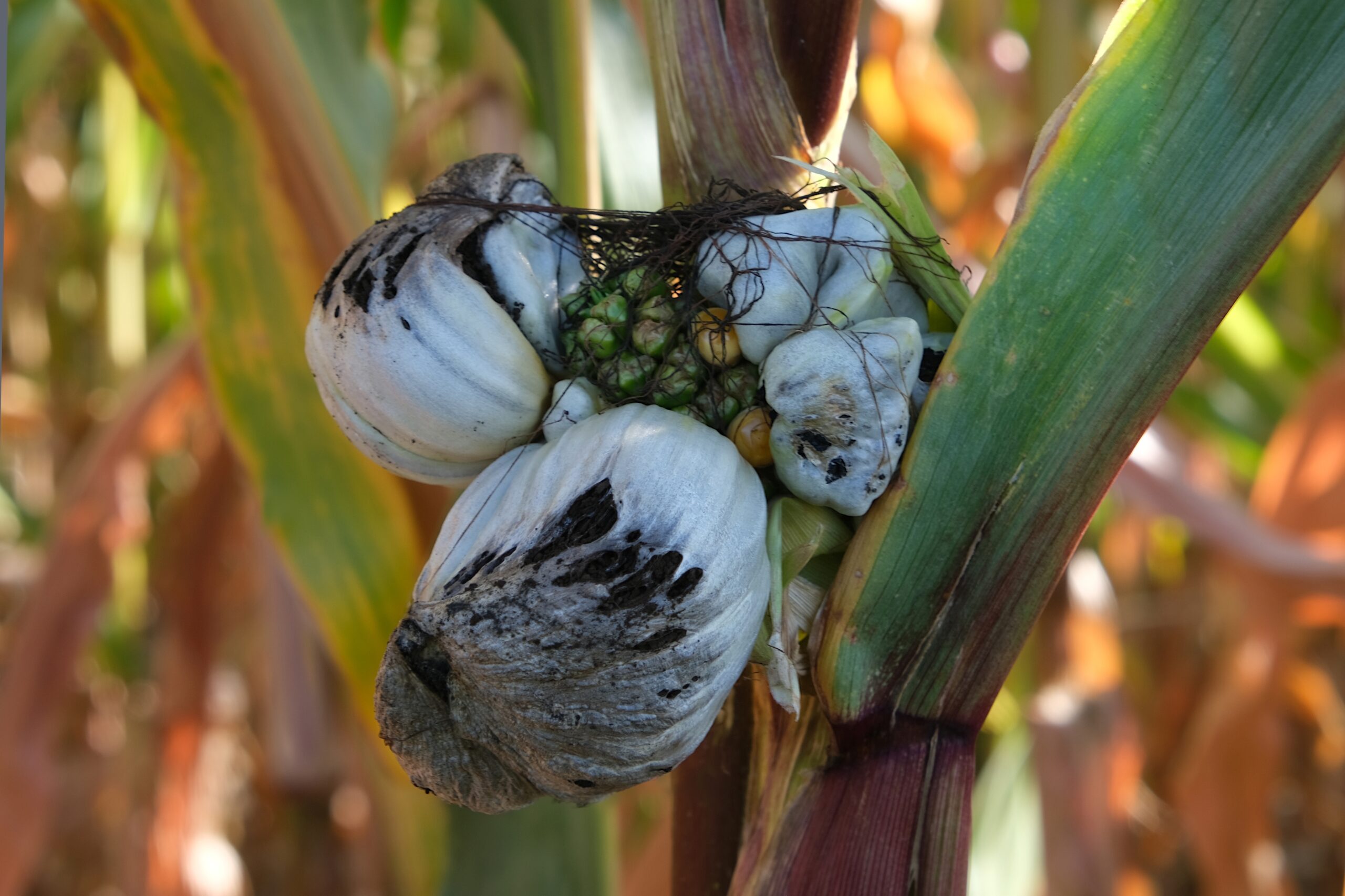
Huitlacoche, often called “Mexican truffle,” is a fungus that grows on ears of corn. It turns the kernels into a black, spongy mass with a rich, earthy flavor. The fungus is harvested and cooked into dishes such as tacos, quesadillas, or tamales. Huitlacoche has a taste similar to mushrooms, with a slightly sweet undertone. It is considered a delicacy in Mexico and adds a unique flavor to traditional Mexican cuisine.
Stargazy Pie (England)
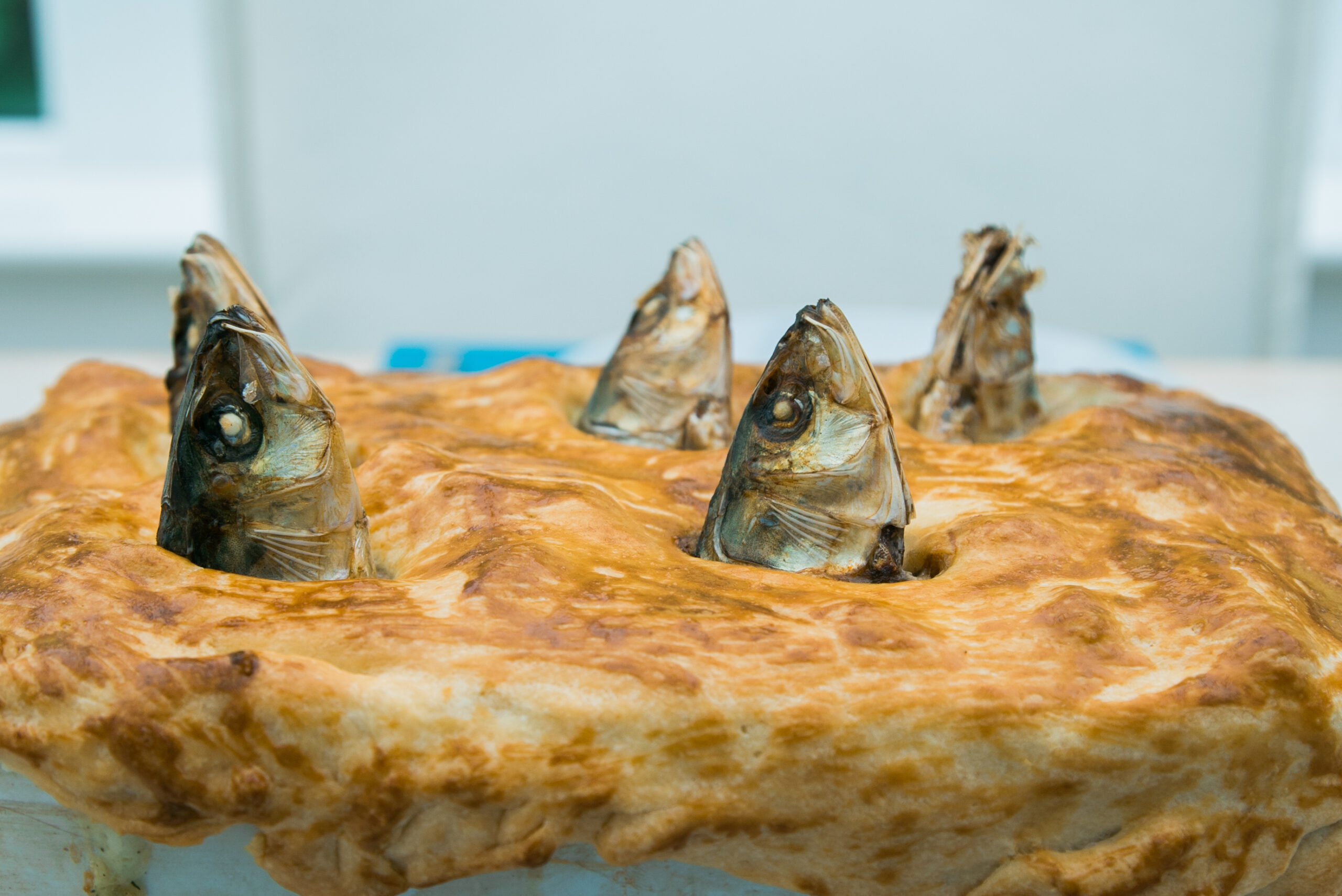
Stargazy pie is an English dish that originated in the fishing village of Mousehole, Cornwall. The pie is filled with pilchards or sardines, and the heads of the fish poke through the pastry crust, “stargazing” upwards. The filling also includes eggs, potatoes, and sometimes bacon or other meats. The dish is traditionally baked during festivals to celebrate local fishermen. Stargazy pie has a rich, savory flavor with a combination of fish and buttery crust.
Snake Wine (Southeast Asia)
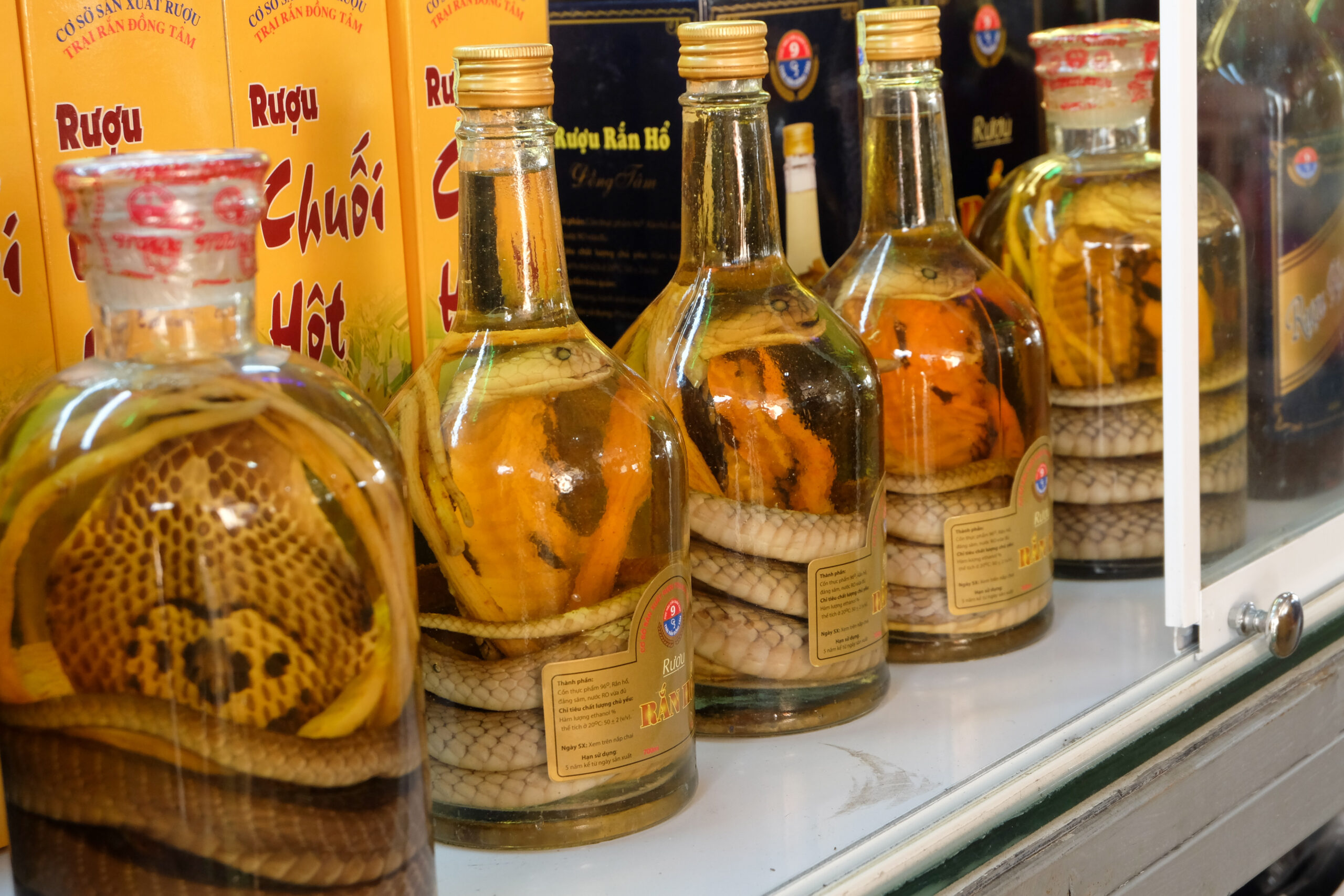
Snake wine is a traditional beverage in Southeast Asia, made by infusing whole snakes in rice wine or grain alcohol. The snake is believed to release its essence into the wine, providing medicinal properties. The wine has a strong, slightly sweet flavor, with some varieties containing venomous snakes. Snake wine is consumed for its supposed health benefits, including improving vitality and treating ailments. It remains a popular souvenir for travelers seeking an exotic experience.
This article originally appeared on Rarest.org.
More from Rarest.org
17 Top-Paid Players in Major League Baseball

In Major League Baseball, the highest-paid players are earning staggering amounts, reflecting their immense talent and marketability. Read More.
21 Rare and Fascinating Mammals Found in Remote Jungles

Exploring the dense, untouched jungles reveals some of the world’s most elusive mammals. These rare creatures often remain hidden, blending seamlessly into their environment. Read More.
16 Colorful Wildflowers Native to Desert Landscapes

Desert landscapes are often seen as barren and lifeless, but they are home to some of the most vibrant and resilient wildflowers. Read More.
